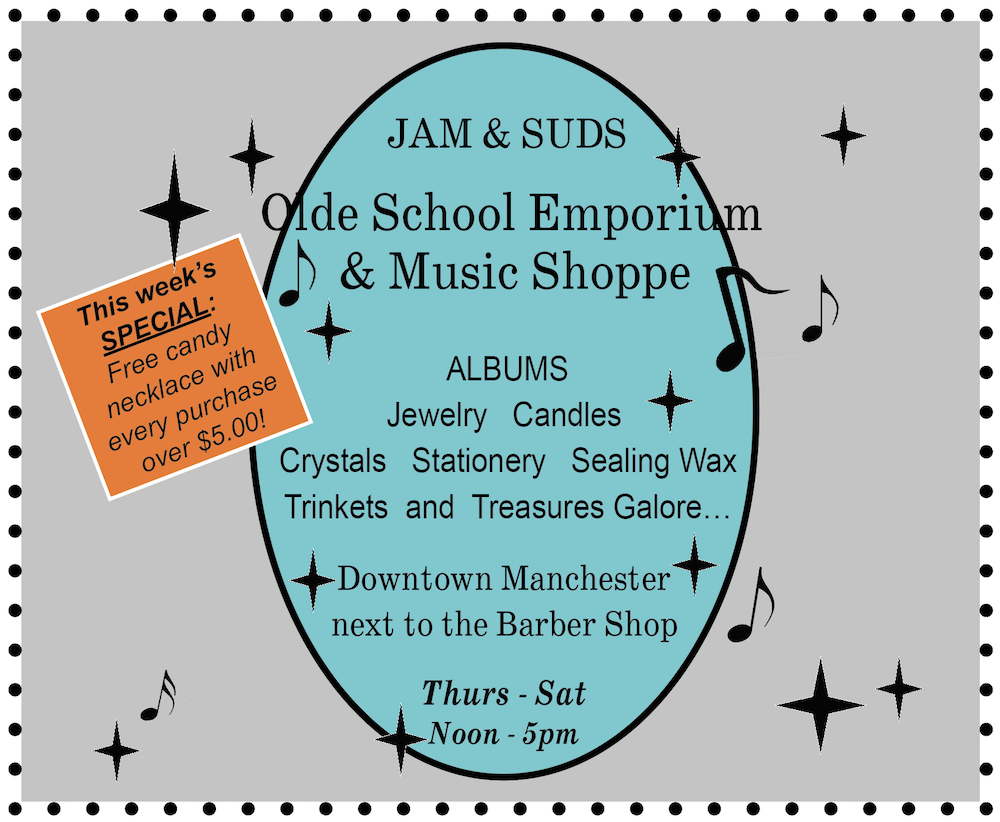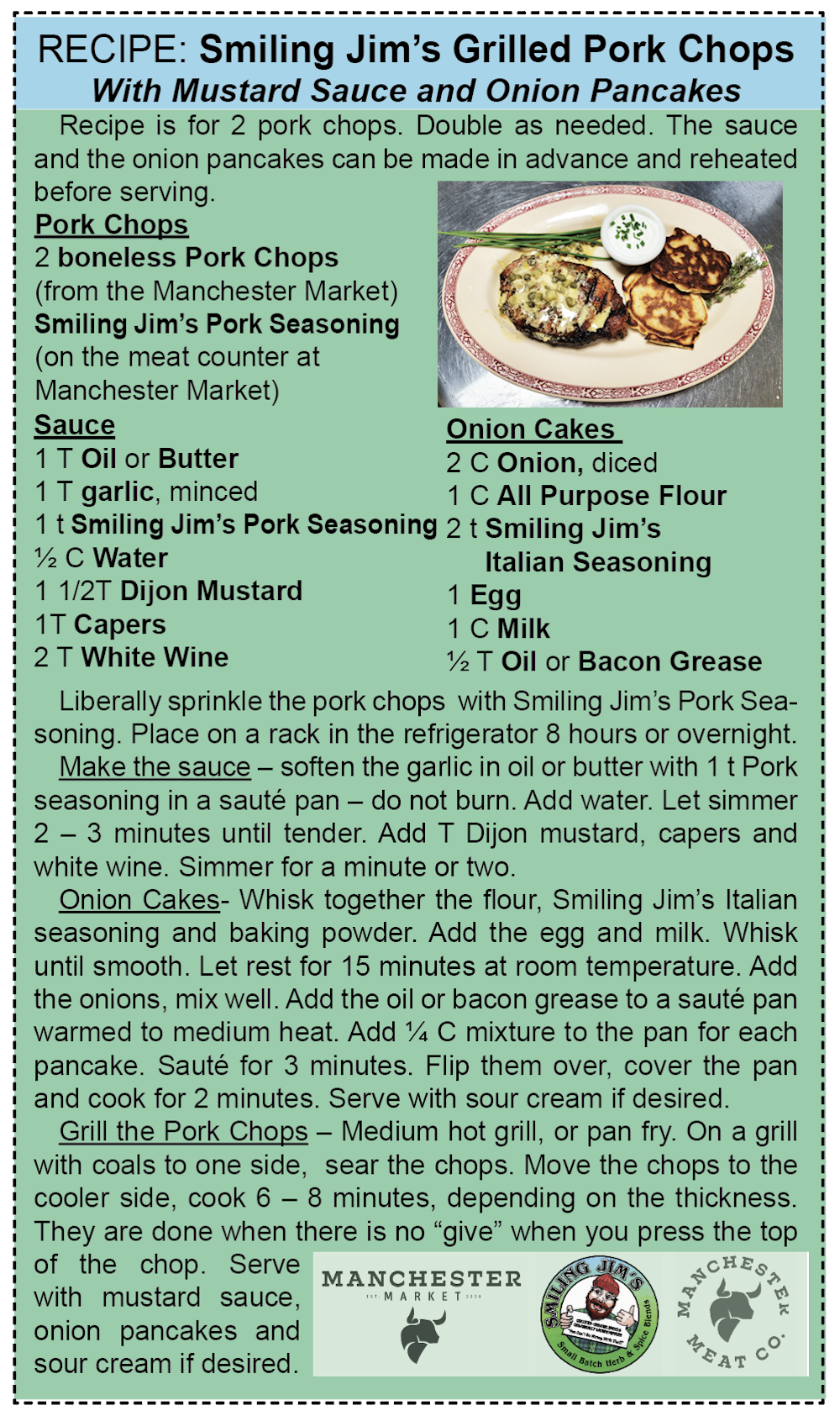Life on a Manchester Corner: a Complete History of the Intersection of M-52 and Main Street (Part Two of Five)
By Ray Berg and Alan Dyer The Post-Civil War Economic Boom The demand for food, other commodities and manufactured goods during the Civil War had benefited Manchester’s merchants and farmers as never before. With the end of the war in April 1865, village leaders looked for means to assure that the economic boom continued. One […]
Life on a Manchester Corner: a Complete History of the Intersection of M-52 and Main Street (Part One of Five)
By Ray Berg and Alan Dyer Introduction On February 6, 2014, the Village of Manchester hosted a public meeting seeking citizen input on the proposed River Raisin Recreation Master Plan, a long-term program to improve access to and recreational usage of the River Raisin within Manchester Village. Approximately 30 attendees viewed various options for improving […]
Fire, Smut and Disease in Manchester, Part Four of Four
By Ray Berg and Alan Dyer Smut and Meningitis in Manchester The removal and accumulation of smut from grains in the mills created more than a fire risk. As recommended by the insurance manuals, small custom mills such as Manchester’s began routinely discharging concentrated smut and other accumulated by-products directly into the air, often from […]
Fire, Smut and Disease in Manchester, Part Three of Four
By Ray Berg and Alan Dyer Smut Machines It was determined that the May 1, 1853 Manchester Mill fire which destroyed the mill and a large part of Manchester’s downtown was caused by a custom smut machine on the third floor of the mill. “Smut” is defined as any of the various destructive diseases affecting […]
Fire, Smut and Disease in Manchester, Part Two of Four
By Ray Berg and Alan Dyer Manchester Mill Ownership in 1853-1868 Between 1820 and 1845, Michigan’s small, local water-powered mills were referred to as “custom mills”, designed to service the specific needs and output quantities of local farmers and purchasers of flour and other products. These mills earned considerable profits due to their high capacity […]
Fire, Smut and Disease in Manchester, Part One of Four
By Ray Berg and Alan Dyer (Note: This article is an update of research previously published four years ago, with new information and findings included herein.) The history of Manchester offers several examples of natural occurrences and unfortunate decisions which affected the development of our village. Quite often, the perceived solution to one problem led […]
The Five Lives of the Main Street Bridge, Part Five of Five
Bridge #5 – The 1972 Concrete and Steel Bridge Replacement The long-term effects of a larger number of vehicles, heavier loads, heavier trucks, and weathering/salt damage rendered the 1929 bridge structurally deficient by 1971. The Village undertook replacement of the reinforced concrete bridge structural members and decking, sidewalks and railings in 1972 with Village […]
The Five Lives of the Main Street Bridge, Part Four of Five
Bridge #4 –The 1929 Concrete and Steel Bridge Mat Blosser was still editor of the Manchester Enterprise in 1928, to see technological change render his “forever” iron bridge obsolete. The mid-1920s saw a boom in automobile driving for pleasure, and families taking weekend trips in their cars to enjoy rural settings away from the […]
The Five Lives of the Main Street Bridge, Part Three of Five
Bridge #3 – The 1886 Iron Bridge On April 8, 1886, the Village Council inspected the Exchange Place bridge with a view to rebuilding or repairing it. Blosser again noted that an iron bridge would be just the thing. A special election for July 27, 1886 was called for. Highway Commissioner Case presented arguments for […]
The Five Lives of the Main Street Bridge, Part Two of Five
Editors Note: This is part 2 of a 5 part piece on the history of Manchester's Main Street bridge, by our local history writer, Ray Berg. If you missed part 1 last week, you can read it HERE. Bridge #2 – The 1876 Rebuilt Wood Bridge with New Planking The Village Council began serious bridge repair […]






